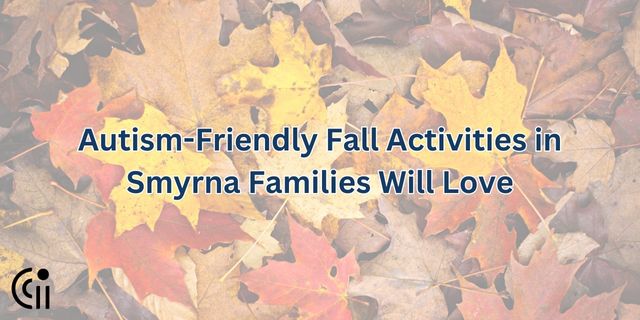Tantrums can be challenging, especially for children with autism. They may struggle to express their needs, leading to frustration. Understanding the reasons behind tantrums and using the right strategies can help manage these situations effectively.
Why Do Tantrums Happen in Autism?
Managing tantrums in autism starts with knowing why they happen. Some common reasons include:
- Difficulty Communicating – A child may not have the words to say what they want or need.
- Sensory Overload – Bright lights, loud noises, or strong smells can be overwhelming.
- Changes in Routine – Unexpected events can cause stress and confusion.
- Seeking Attention – A child may use tantrums to get a response from parents or caregivers.
- Avoiding a Task – If something is hard or unpleasant, a tantrum may be a way to avoid it.
By identifying the cause, parents and caregivers can choose the best approach to help.
Autism Behavior Strategies to Prevent Tantrums
The best way to handle tantrums is to prevent them before they start. Here are some effective strategies:
- Teach Communication Skills
Children with autism may need help learning how to ask for what they want. Simple words, pictures, or sign language can make communication easier. If a child can ask for a break or request a toy, they may not feel the need to have a tantrum. - Use Visual Schedules
Changes in routine can be upsetting. A visual schedule with pictures or symbols can help children know what to expect. For example, showing a picture of lunch before lunchtime helps them prepare for the transition. - Provide Sensory Breaks
If a child becomes overwhelmed, a quiet space with soft lighting or calming objects can help. A weighted blanket, noise-canceling headphones, or a favorite toy can make a big difference. - Reward Positive Behavior
Instead of focusing only on tantrums, praise the child when they stay calm or use words instead of crying. Saying, “Great job asking for help!” encourages them to use that skill again.
How to Respond When a Tantrum Happens
Even with the best strategies, tantrums still happen. Here’s how to handle them calmly and effectively:
- Stay Calm
Children often react to the emotions of those around them. If a parent stays calm, it helps the child feel safe. - Reduce Triggers
If possible, remove the cause of stress. For example, if a loud TV is overwhelming, turning it down might help. - Use Simple Language
During a tantrum, long sentences can be hard to understand. Short, clear phrases like “It’s okay” or “Take a deep breath” work best. - Wait It Out
Some tantrums need time to pass. If the child is safe, give them space to calm down. - Offer Comfort
After the tantrum, provide comfort and reassurance. This helps the child feel secure and ready to move forward.
Get Support from Circle City ABA
Managing tantrums in autism can be stressful, but you don’t have to do it alone. ABA therapy teaches children new ways to communicate and cope with frustration. Circle City ABA provides personalized support to help your child thrive.
Contact our admissions team us today to learn how we can help your child build communication skills, reduce tantrums, and feel more confident. Our experienced team is ready to support your family every step of the way! Find a location near you. We serve Arizona, Georgia, Indiana, Iowa, and Nebraska.
By understanding the reasons behind tantrums and using simple strategies, parents can make daily life smoother and less stressful for their child. Start using these tips today and see the difference they can make!


